Yesterday, I introduced you to the tragedy of Narcissa Whitman. Her story, as my next post will how, remains relevant today, not the least because how she suffered as a woman in isolation and grief and ill health, which is to say how important women’ perspectives are when we are talking about land. Today an example of a different and perhaps unexpected way in which her story is relevant today. What you are looking at is a vineyard. Or what was a vineyard until last year. Then it died.
Vineyard at the Rise, Vernon BC. Photo by Harold Rhenisch
In a way, it is a climate change story, but only in a way. It is a change in how people view a climate that only seemed to change because they were new here and said it did. That’s real enough, but not, well, real enough. More important is the road on the right. You can see its prototype at Narcissa’s place below:

Waillatpu Mission
Ironically, Waillatpu means “The country of wild rye grass,” which had to be plowed under the create the mission by its name.
The road is the Oregon Trail, a road both full of dreams and practical realities that not only fuelled dreams of paradise and renewal in Oregon but transformed the land-and-water-and-people into land and water and a mission to the Liksiyu into a mission to American industrialization of the landscape. Same for the former vineyard in Vernon:
Here is a bit of the process:
Step 1: Visit the land and the people and be invited to stay, for the services you offer and because the land turns no-one away.
Step 2: Turn the land into property and remove the people from it, on the grounds that taxation from the process will drive industrialization and pay for government.
Step 3: Grow wheat or raise cattle. In this case, cattle.
Step 4: Build roads.
Step 5: Destroy the grazing potential of the land by poor farming practices and sell it for intensive agriculture, as a dream of paradise. Hey, even sell them the lake bottom, sight unseen, then skedaddle to Missoula before they come to walk their land. That happened a bit south of here. This didn’t happen in this case. Instead, this agricultural dream of paradise happened downhill, where water could be brought from the mountains you see in behind. Skip ahead to step 5.
Step 6: The orchards go broke, but because agriculture was always an expression of settlement once the push for people gets strong enough sell them a house on a cleared orchard, or with views of orchards, to bring more in. Subsidize the orchards to keep the views.
Step 7: When the orchards are no longer available for the views they offer (never mind that they are non-profitable), push to have environmentally sensitive land released for housing, promise many green values to compensate the environment (they have all failed) and plant a vineyard to increase land values, as if the land were a part of the agricultural dream and bountiful. This continues another part of the settlement dream: that a wilderness or a desert can be made productive by the addition of water or organization development. The vineyard fits with a new version of the dream, that the Okanagan is Napa Valley North, and that people can plant colonial vineyard estates here and live like kings, with world bragging rights. You can literally buy paradise. And drive there. Tell yourself that climate change means warming, and grapes are moving north. This will replace California, which has replaced Europe. Tell yourself that. People will pay a premium for land like that. They will have to snap it up quick before it is all gone. Or question that here.
Step 8: An economic slow-down elsewhere stops that. Oops. Bankruptcy follows. Including environmental collapse and the annulment of regulations.
Step 9: A new owner makes a deal with the banks and buys the land for a song and the local government agrees that the agricultural use of the land can be replaced with housing, because the agriculture is making no money and the investor has to get his money out of his investment somehow; that he deserves that.
Step 10: A typically cold winter kills the tender, inappropriate grape plants.

These ones. Photo by Harold Rhenisch.
Step 11. Houses will come next. People will come to golf and ski. The dream will go on. It is producing an economy at last, after 155 years, but one totally dependent on the road for bringing people here. Right here, it produces nothing.
Bitter Harvest at the Rise Photo by Harold Rhenisch
I mentioned that this is, in a way, a consequence of climate change. Right now, certain vineyard owners and politicians linked to them are asking the people of British Columbia to cough up $350,000,000 to replant the vineyards into varieties more appropriate for climate change. That’s $1,000 per person in the valley. To support wealthy investors who have parachuted into the valley to create these industrial farms and status symbols out of the land. Seniors, babies, recovered alcoholics, indigenous people, people without homes or income, people on disabilities, single moms on social assistance, teenagers in school, kindergarten kids, everyone, $1,000 a pop. So, that’s still not an economy, only a subsidy from external settlement an external capital and a political system based on class, which means that this is still the Oregon Trail, and the dream is still here that class can be bought. And don’t think that the land is not watching.
One of the Owners, Keeping an Eye Out, Photo by Harold Rhenisch
Thanks for reading. I feel it’s always good to have a context for history. It’s not, well, history. It’s now. Here’s that vineyard a few winters back.

The Good Old Bad Old Days. Not as Happy as They Look, Though. Read more here.
As a grassland it could have made us rich. Now, we are in its debt, and all to pay for a road! Sheesh.
Categories: Arts, Erosion, Ethics, First Peoples, Gaia, Grasslands, invasive species, Land, landscaping, Nature Photography


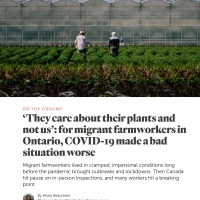
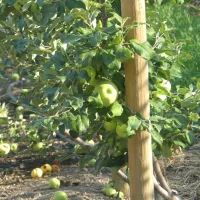
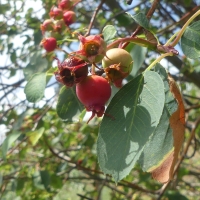


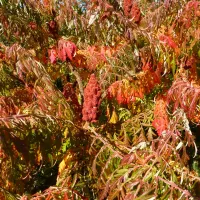



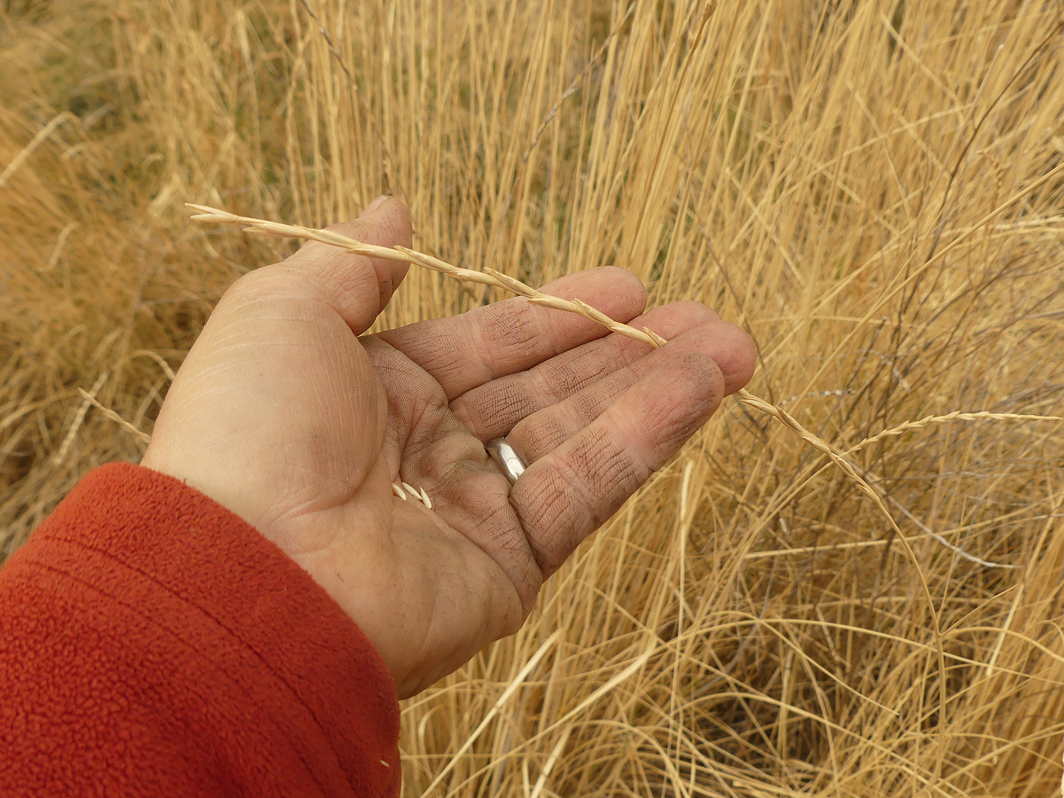





When land becomes property…
LikeLike